Funding for Alberta’s parks helps support a treasured resource
Alberta’s announcement regarding previously allocated funding for parks is welcome,but contradicts decisions to delist and close other parks.
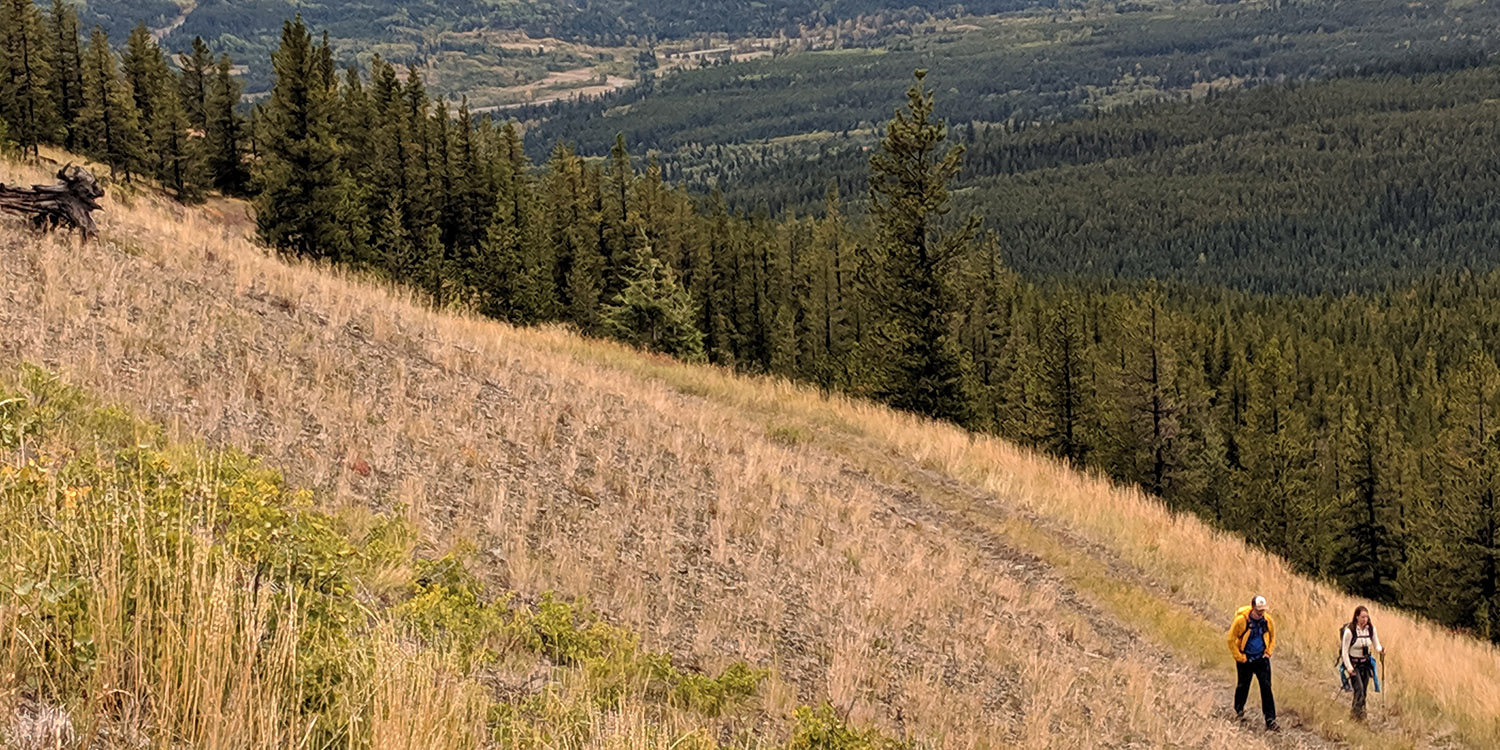
Alberta’s announcement regarding previously allocated funding for parks is welcome,but contradicts decisions to delist and close other parks.
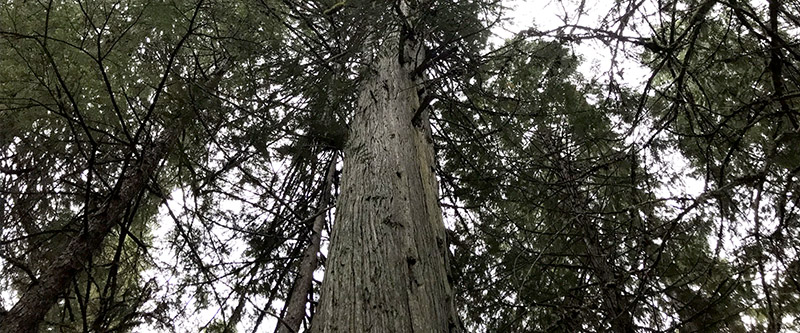
Old-growth forests need meaningful protections, not just deferrals, says Y2Y.
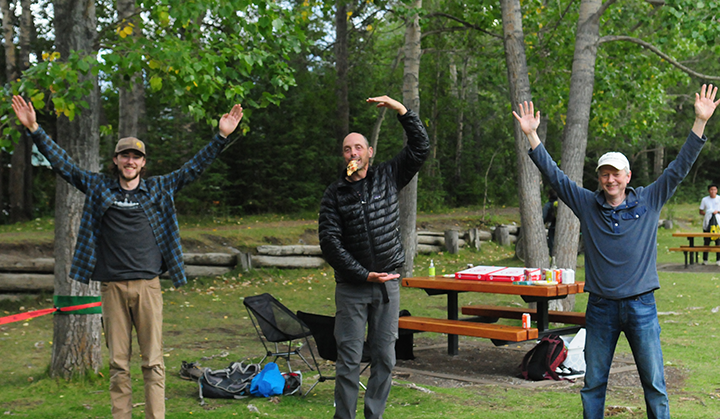
Y2Y’s summer 2020 volunteer co-ordinator, Tenaya Lynx, talks about our new “Team Thrive” volunteer program and our first four online storytellers’ experiences.
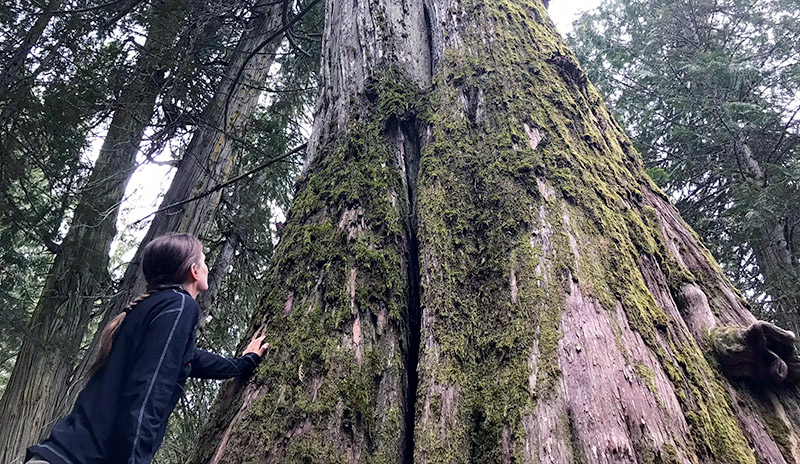
Old-growth forests are one of the natural features that make B.C. special.
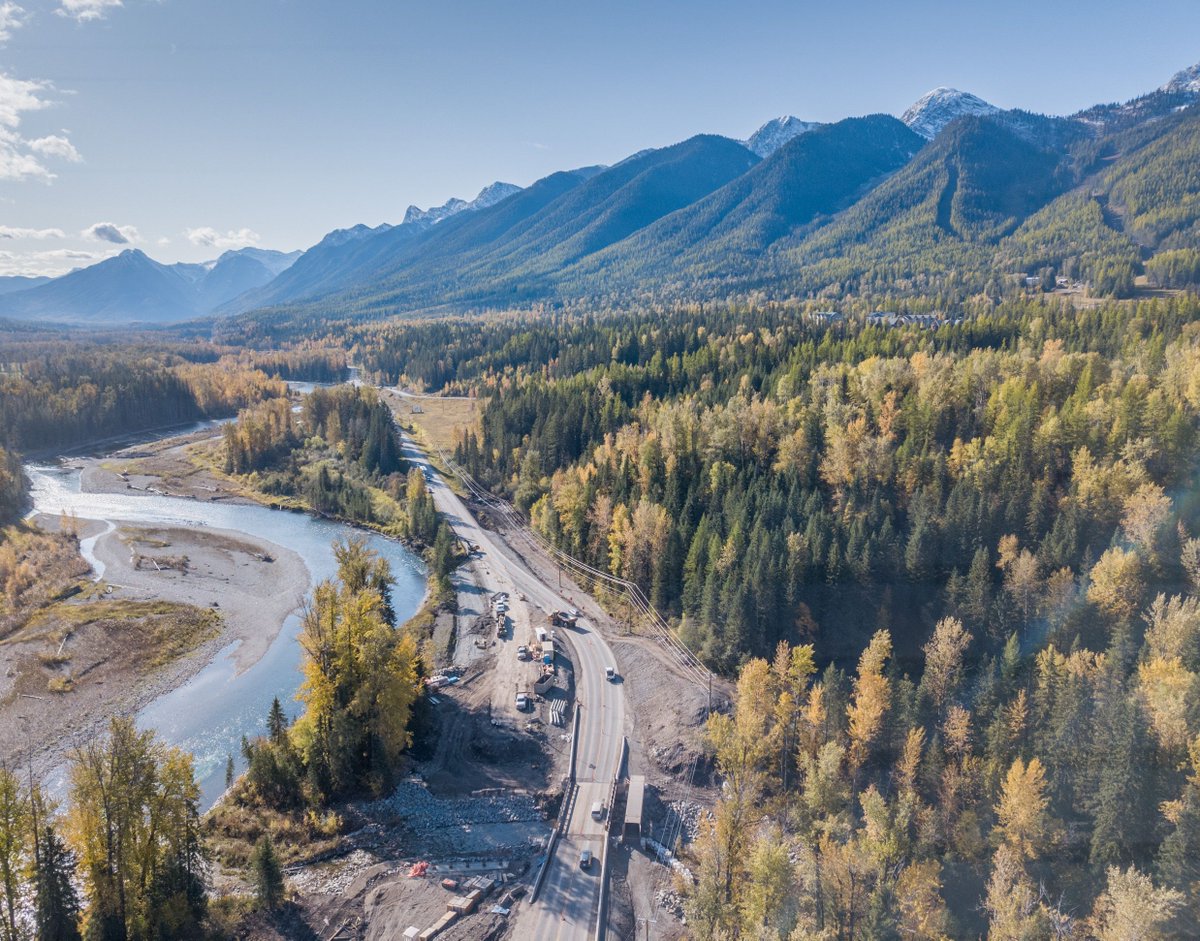
How are Y2Y and partners working to reduce wildlife-vehicle collisions in B.C.’s Elk Valley?
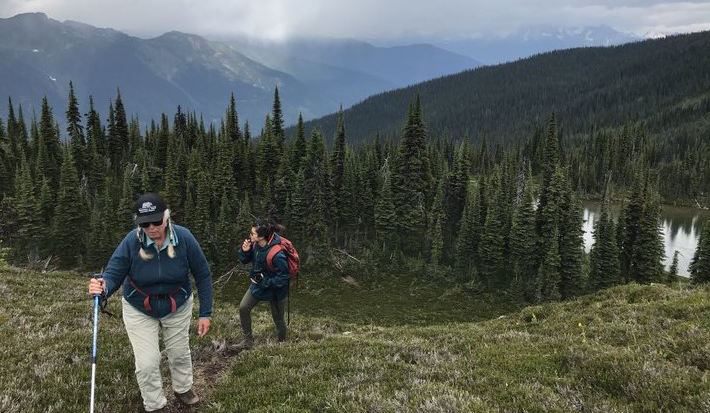
Being an intern in 2020 might look a bit different than usual. But that hasn’t stopped Y2Y’s summer interns from giving it their all in their work with us this season. Get to know them and what they’re working on.

Y2Y supporter Zackary Banegas shares some of the reasons he supports protecting the Upper Columbia and our mission to connect and protect habitat so that people and nature thrive.
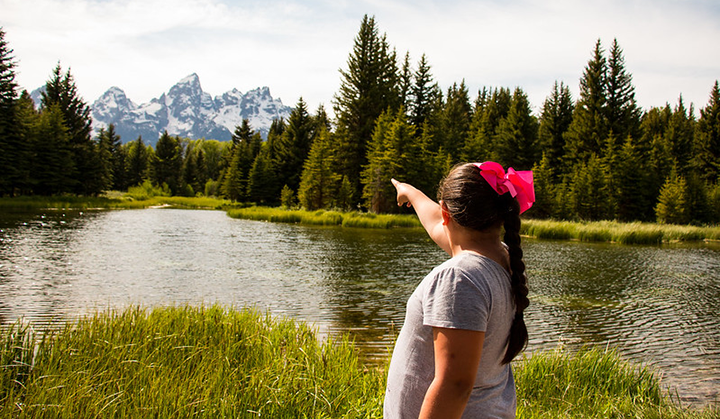
We are celebrating a recent conservation win for people and wildlife that has gained overwhelming bipartisan political support in the United States: the passing of the Great American Outdoors Act. Learn how you helped
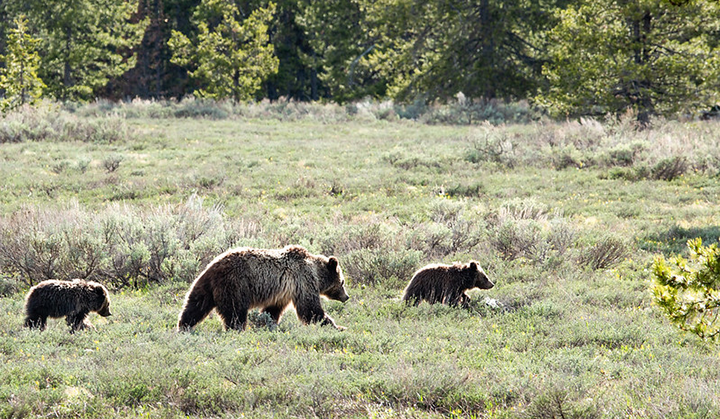
The genetic diversity of grizzly bear populations is key to their, and other species’, health. Y2Y’s big-picture approach to conservation helps remedy genetic isolation and the loss of habitat. Read more about how you are helping keep grizzly bears safe and moving in Montana and Idaho.
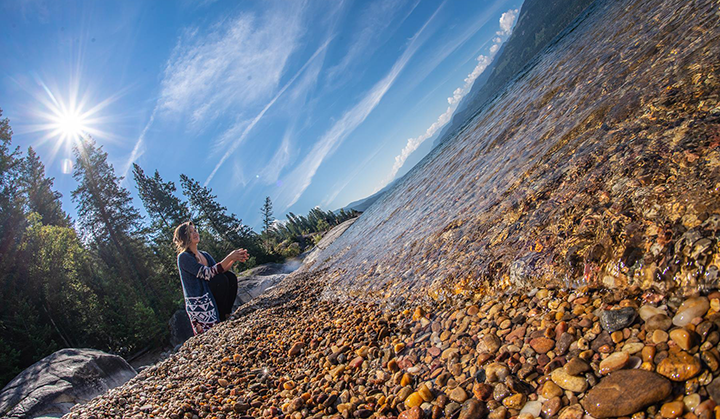
Nature is a place for all, but we must first do our part to make these spaces more inclusive, safe and welcoming. To attain a thriving future for people and the well-being of our shared planet, we must move beyond the concept of nature as exclusive to some, to nature as essential for all.